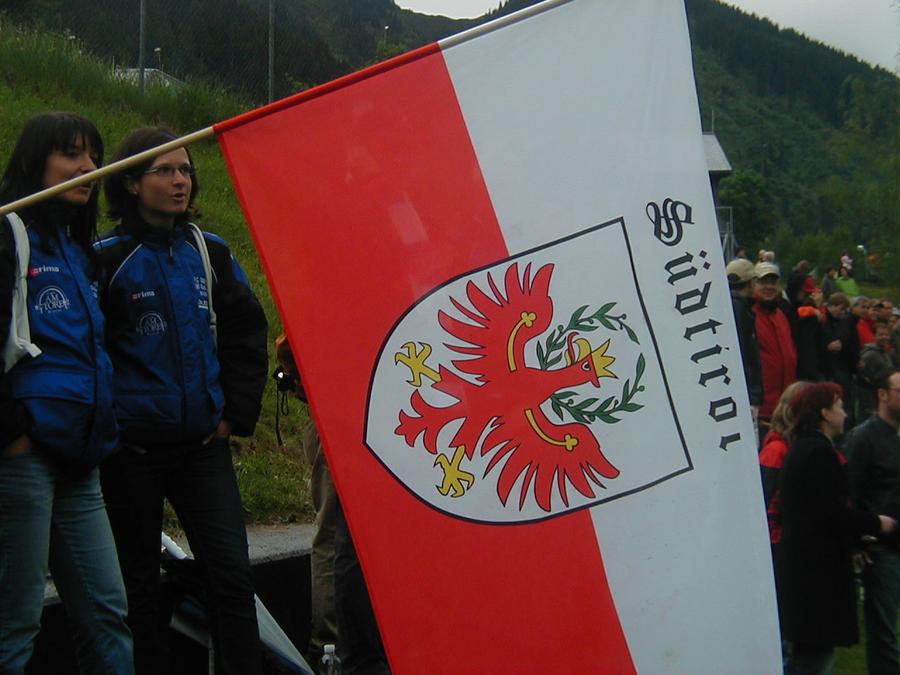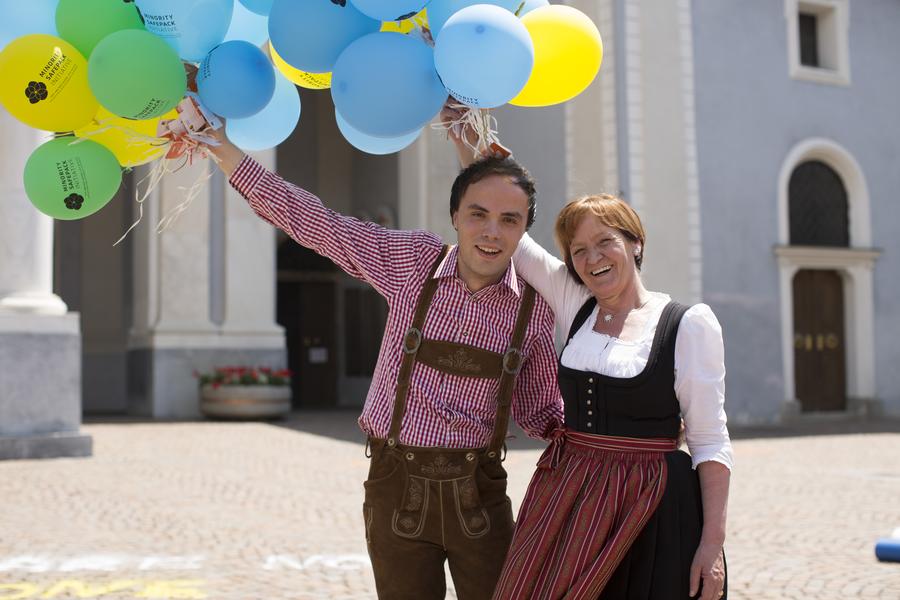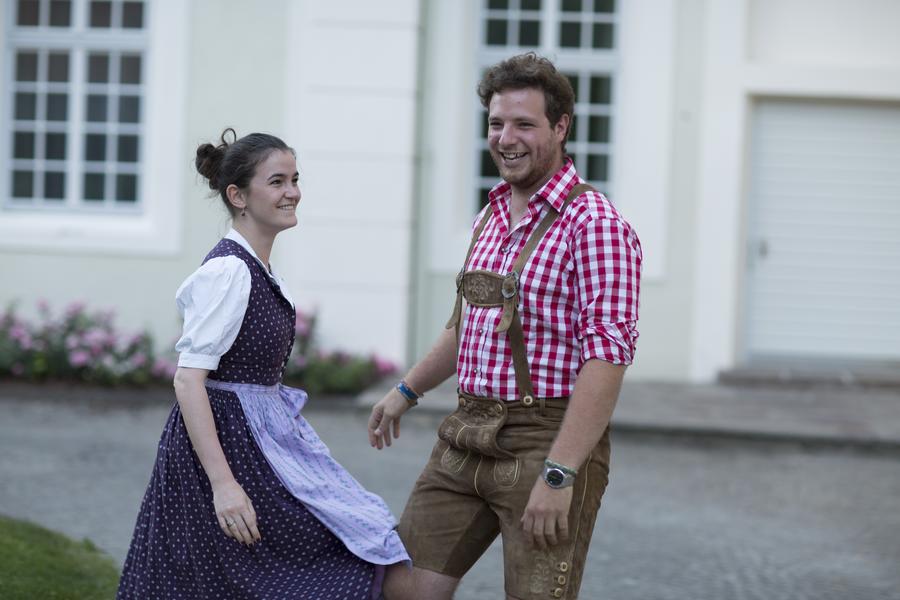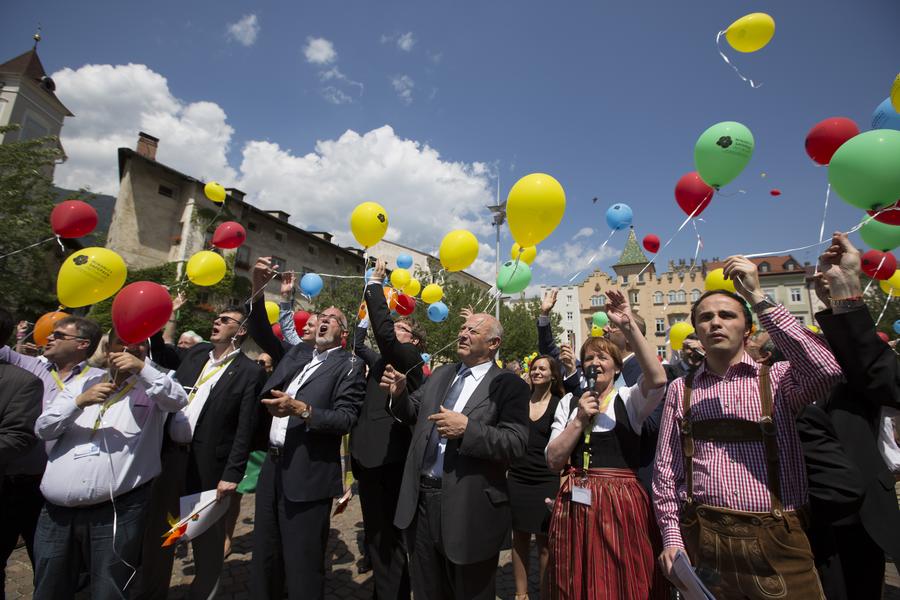Description
340,000 German-speaking South Tyroleans are living in the Province of South Tyrol, which has an autonomous status in Italy. Their mother tongue is an official language. The region, which formerly belonged to the Austrian-Hungarian Empire, was occupied and annexed by Italy after the First World War. In the peace treaty of Saint-Germain from 1919 the southern part of Tyrol and the region around Trento was given to Italy. After the so-called “March on Rome” by the Fascists in 1922 minority protection did not exist anymore in Italian policy: the German-speaking population had to be “assimilated or annihilated”. The method chosen was a stringent Italianisation-policy, which included a ban on the use of the German language. German was no longer taught at schools, German associations were dissolved and using German was punishable by law. Topographic and family names were changed into Italian forms. Additionally, mass settlements of Italians from the south were built around the booming industrial centre in the provincial capital of Bozen/Bolzano, which led to a lasting change in the relative proportions of the two language groups.
After long and tough negotiations the Statute of Autonomy entered into force in 1972. Since then the Statute of Autonomy has continuously been further developed. As a result the South Tyroleans have extensive minority protection today.
Source: EUROPEADA Description / Günther Heidegger
Size of the minority
304,000 (Pan) / 225,000 (Ethnologue) / 290,000 (Euromosaic)
More
Language
German (304.000 Speaker)
Country




